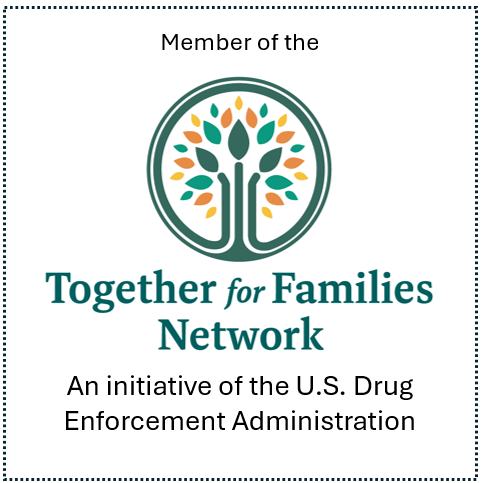Panic Attacks in Children and Teens
Ask the Experts | Kaitlin Arnold
My teen is having panic attacks - what are they and how can I help?
A: Panic attacks in children and adolescents are on the rise. Why? Our young people are feeling more pressure and stress from an array of factors including increased expectations, social media and frightening events such as school shootings. If your child is experiencing panic attacks, it can be scary for both you and them. Here is some information and suggestions that can help.
What are Panic Attacks?
They are a response to some sort of perceived danger. The body reacts by releasing adrenaline and hormones. This release can trigger physical symptoms such as heart palpitations, sweating and shortness of breath. Focusing on these symptoms causes them to increase. Soon, the heart starts to race and breathing becomes very difficult. Interpreting these as signals of something catastrophic such as “I’m having a heart attack”, panic sets in.
The Effects of Panic Attacks
Panic attacks typically last from a few seconds to 10 minutes. Their impact can last much longer. The physical sensations during an attack are very uncomfortable. Imagine how it feels when you cannot catch your breath, cannot breathe freely. The experience of having an attack in front of other people can be embarrassing, especially for a young person. The physical and emotional discomfort can lead to other behaviors and symptoms. For example, your child may avoid places and situations they fear could trigger an attack. Missing school, fewer interactions with friends and disengagement in extracurriculars are common reactions. Difficulty sleeping, problems concentrating, excessive worrying and engaging in unhealthy activities such as overeating, smoking and substance use can occur.
How to Help During an Attack
Try to get your child to a quiet place. Validate what they are experiencing. For example, during an attack, avoid saying “You’ll be fine.” Instead, encourage your child to reassure themselves by naming what is happening, “I’m having a panic attack.” Repeat calming statements along with them, “I will be better soon, this will pass.” Asking them to count back from 100 can help focus their attention on something else and ground them. Offering an ice pack for the back of the neck, the chest or against the temples or wrists can help change the physical sensation they are experiencing. A paper bag to breathe into helps to regulate breathing and can be beneficial.
What to Do After an Attack?
Work with your child to identify the physical sensations they experienced. Doing this can help them tune into early warning signs. Practice some relaxation techniques. Even a few minutes to do some deep breathing each morning or to visualize a calm, safe place before bed each night can decrease overall anxiety and give your child tools to utilize when they feel an attack coming on. Progressive muscle relaxation is another activity you can learn and practice together.
What Else Can You Do?
Panic attacks are scary but less so when the person experiencing them feels more in control of them. While your support is important, seek professional help if your child or teen has panic attacks regularly. A mental health therapist can work with your child to identify triggers that lead to an attack and coping strategies to manage and lessen them. As you help your child, don’t forget about your own self-care. Relaxation techniques can help you too.
Kaitlin Arnold, LPC is the founder and therapist at Finding Your Balance Therapy. She helps individuals and families dealing with depression, anxiety, other mental health issues, and stressors from life challenges to develop positive coping skills, navigate and gain confidence in dealing with stressful situations, and improve their relationships.






